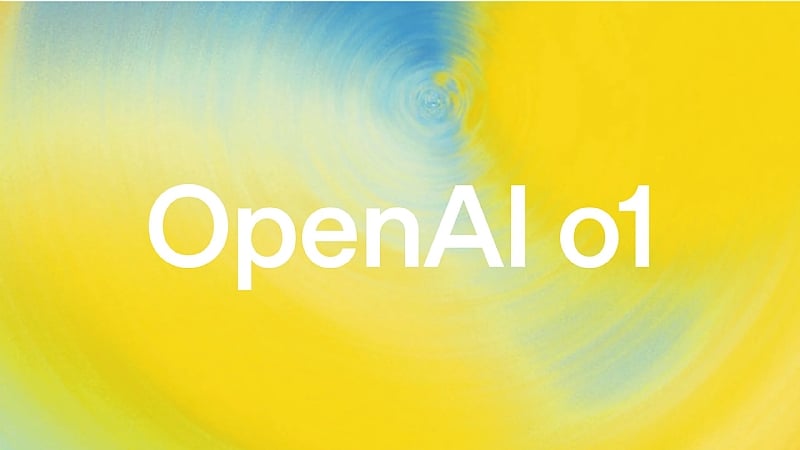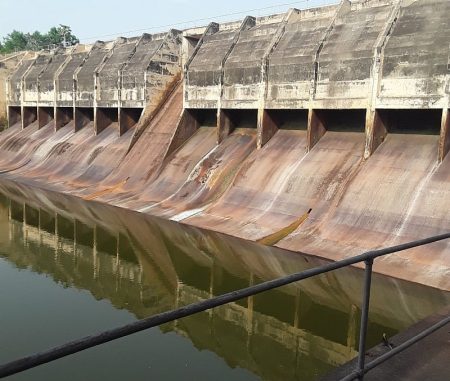OpenAI has introduced a groundbreaking artificial intelligence model named OpenAI o1, boasting enhanced reasoning capabilities surpassing its predecessors in fields such as science, coding, and mathematics. The model was unveiled as a preview with promises of ongoing updates and improvements, eventually making it accessible to a broader audience of ChatGPT users. The enhancement comes from a training methodology that encourages the models to take more time to think through problems before arriving at answers. This process mimics human cognitive processes, allowing the model to refine its problem-solving strategies, experiment with different approaches, and learn from mistakes over iterations.
The capabilities of the new OpenAI o1 model are significant, with practical applications highlighted in realms like healthcare and physics. For instance, healthcare researchers could utilize the model for annotating complex cell sequencing data, while physicists can leverage its ability to generate intricate mathematical formulas essential for quantum optics. This broader utility could enrich research in various scientific domains, propelling advancements that were challenging to achieve with earlier AI models. The aspirations for future iterations of this model are ambitious; OpenAI’s research scientist Noam Brown mentioned the aim to develop models that can “think” for extended periods—hours, days, or even weeks—essentially transforming complex scientific inquiries into more manageable computational tasks.
The introduction of this advanced model raises important discussions regarding the energy demands associated with operating such advanced artificial intelligence systems. OpenAI CEO Sam Altman, alongside other high-profile tech executives, participated in discussions with senior White House officials regarding the significant electricity requirements tied to the deployment of AI technologies. While these advanced models bear the potential to address pressing global challenges like cancer treatment and climate change, the energy consumption imperative poses additional complexities, particularly with respect to sustainability and potential contributions to global warming.
Despite its advancements, the OpenAI o1 model is currently lacking several features that enhance the user experience in ChatGPT, such as the ability to browse the internet for real-time information or the capability to upload images and files. OpenAI acknowledges this limitation but emphasizes that the novel model represents a substantial leap forward in performing complex reasoning tasks. Testing has shown that OpenAI o1 exhibits performance on par with PhD students in demanding benchmark tasks across physics, chemistry, and biology, a notable achievement that showcases its advanced cognitive capabilities.
In competitive evaluations, the OpenAI o1 model demonstrated remarkable proficiency, correctly solving 83% of problems featured in a qualifying exam for the International Mathematics Olympiad. Such performance illustrates not only the model’s capacity for tackling high-level mathematical challenges, but also its potential to resemble or even surpass human expertise in specific academic fields. This combination of intelligence and problem-solving skill positions OpenAI o1 as a crucial asset for researchers, academicians, and professionals striving for innovation and solutions in their respective disciplines.
Overall, the launch of the OpenAI o1 model marks a significant milestone in the evolution of artificial intelligence, setting a precedent for future enhancements in reasoning capabilities while also prompting necessary conversations about the environmental impacts of such powerful technologies. As OpenAI prepares for the next phases of model development, the interplay between advanced AI functionalities and sustainable practices will be crucial in navigating the complexities presented by this new generation of technology. The future promises a range of applications that could transform numerous fields, yet balancing innovation with sustainability remains a challenge that the tech industry must confront.














